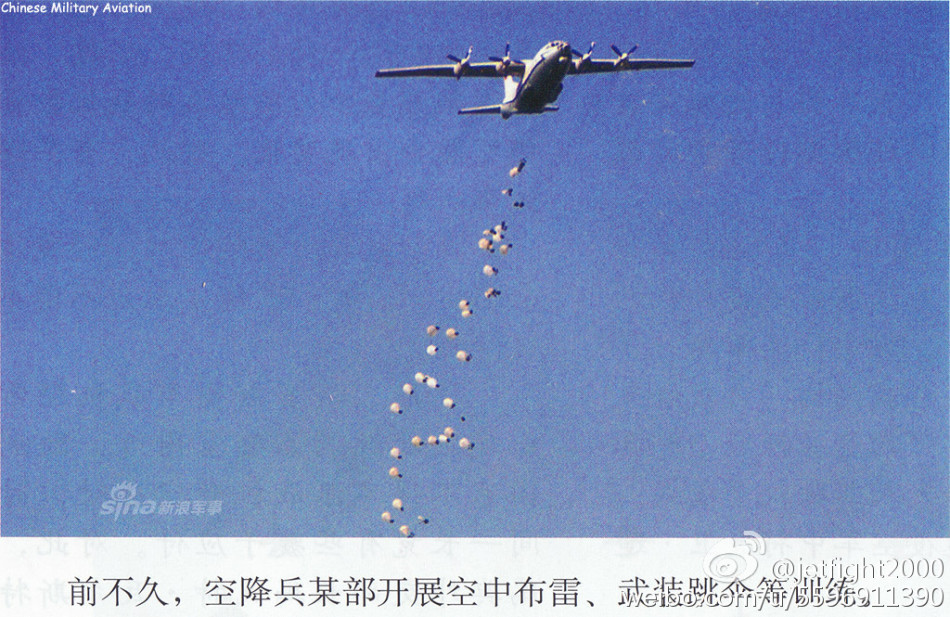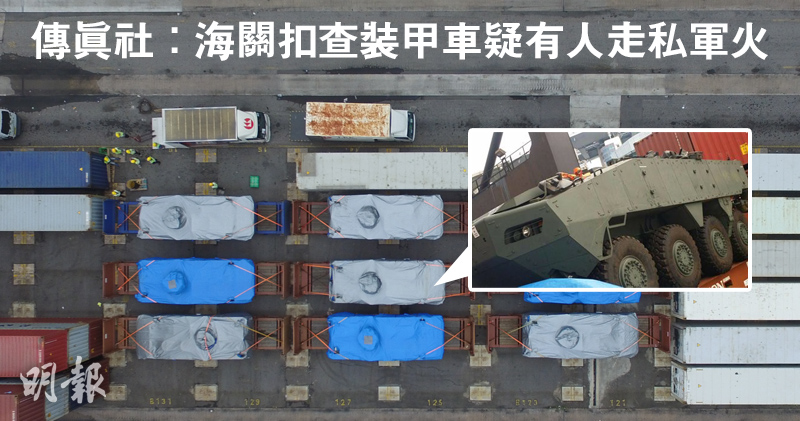Hongjian
Posts: 834
Joined: 1/2/2015
Status: offline

|
Well, 300 miles is kinda overstated, but more than 300km (320km to be exact) was at least mentioned in the research papers.
Most comprehensive reports so far (aside of Henri.K's good writeup):
http://www.popsci.com/china-new-long-range-air-to-air-missile
http://www.thedrive.com/the-war-zone/6108/shadowy-new-missile-appears-under-the-wing-of-chinese-j-16-fighter
What is true, though, is that this missile really fits inside the A2AD strategy. And a Chinese counter to the Third Offset, as Dr. Singer and Jeffrey Lin state:
quote:
Another researched VLRAAM function is datalinking; the papers called for the VLRAAM to be embedded within a highly integrated combat networks. It is envisioned as just part of a larger wave of networked solutions aggregated through multiple Chinese systems. For example, a J-20 stealth fighter wouldn't mount the missile (the VLRAAM is too large to fit in the J-20's weapons bay), but could use its low observable features to fly relatively close in order to detect enemy assets like AEW&C aircraft (which are vital to gather battlespace data for manned and unmanned assets, but subsonic in speed and less able to evade missiles). Then before breaking off contact, the J-20 would signal a J-16 400 km (249 miles) away (outside the range of most air to air missiles) providing it the data needed to launch the VLRAAM at the target. This would offer China a longer range version of present U.S. tactics that involve using the fifth generation F-22 as a sensor for 4th generation fighters as the "shooters."
In operation, the VLRAAM will provide J-20 stealth fighters with long range "aerial artillery" to even the odds against numerically superior air forces, while giving new life to J-11 and J-16 fighters. It can also give J-15 carrier fighters a long range interception capability to defend Chinese naval forces.
The gains in range and speed of the VLRAAM pose another significant risk to the concepts of the U.S. military's "Third Offset." U.S. operations are highly dependent on assets like aerial tankers, dedicated electronic warfare aircraft, and AEW&C. For example, without aerial tankers, the relatively short range of the F-35s would become even more of a liability in long range operations in the South China Seas and Taiwan Straits. Similarly, without AEW&C aircraft, F-22s would have to use onboard radars more, raising their risk of detection. Even for stealthy tanker platforms like the planned MQ-25 Stingray drone and proposed KC-Z tanker will be vulnerable to VLRAAMs if detected by emerging dedicated anti-stealth systems such as the Divine Eagle drone and Yuanmeng airship.
By pushing the Chinese air defense threat bubble hundreds of miles out further, they also offer to turn the long range tables on the putative U.S. "Arsenal" Plane concept, a Pentagon plan to launch missiles from non-stealthy planes from afar. In sum, VLRAAM is not just a big missile, but a potential big deal for the future of air warfare.
Basically, it can be compared with the F-35+SM-6 combo, just that the "SM-6" here is air-launched.
< Message edited by Hongjian -- 11/24/2016 8:26:27 PM >
|
 Printable Version
Printable Version



































 New Messages
New Messages No New Messages
No New Messages Hot Topic w/ New Messages
Hot Topic w/ New Messages Hot Topic w/o New Messages
Hot Topic w/o New Messages Locked w/ New Messages
Locked w/ New Messages Locked w/o New Messages
Locked w/o New Messages Post New Thread
Post New Thread